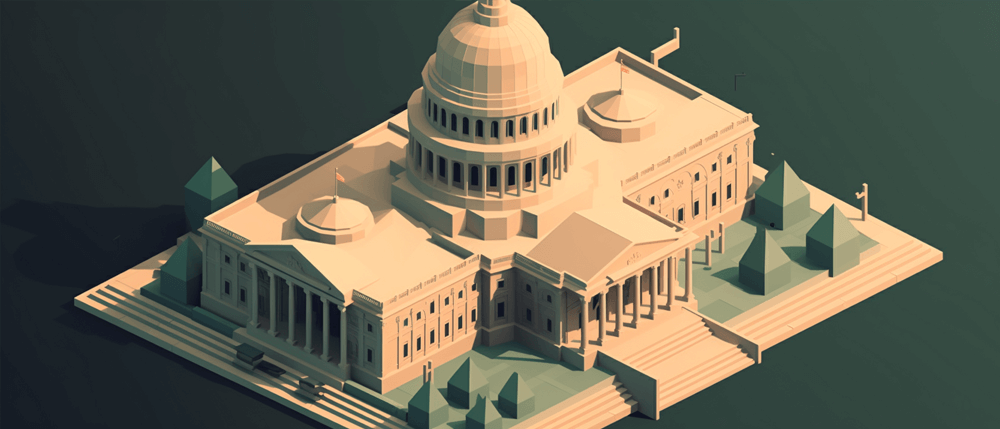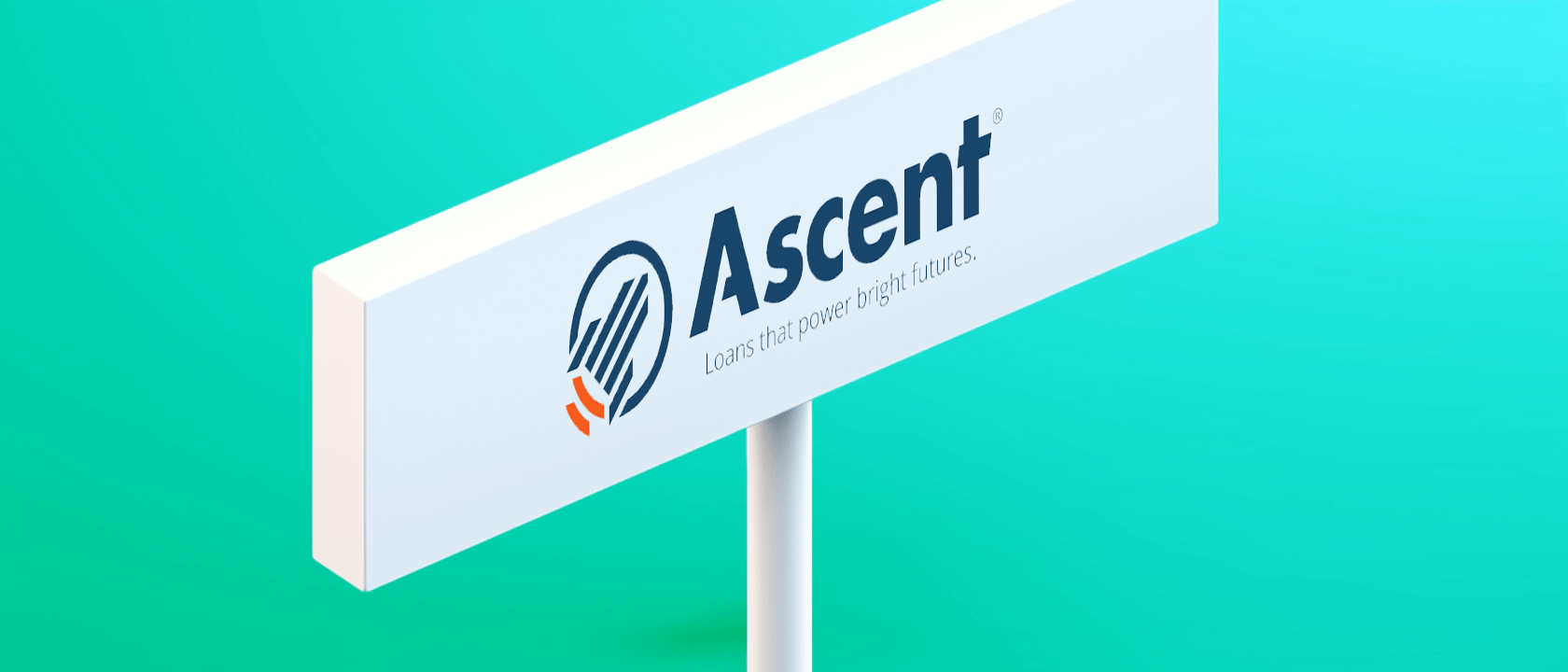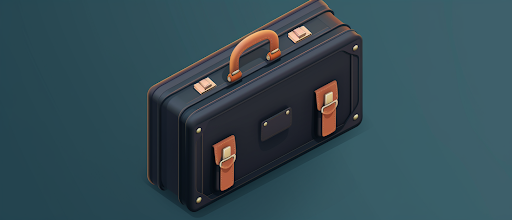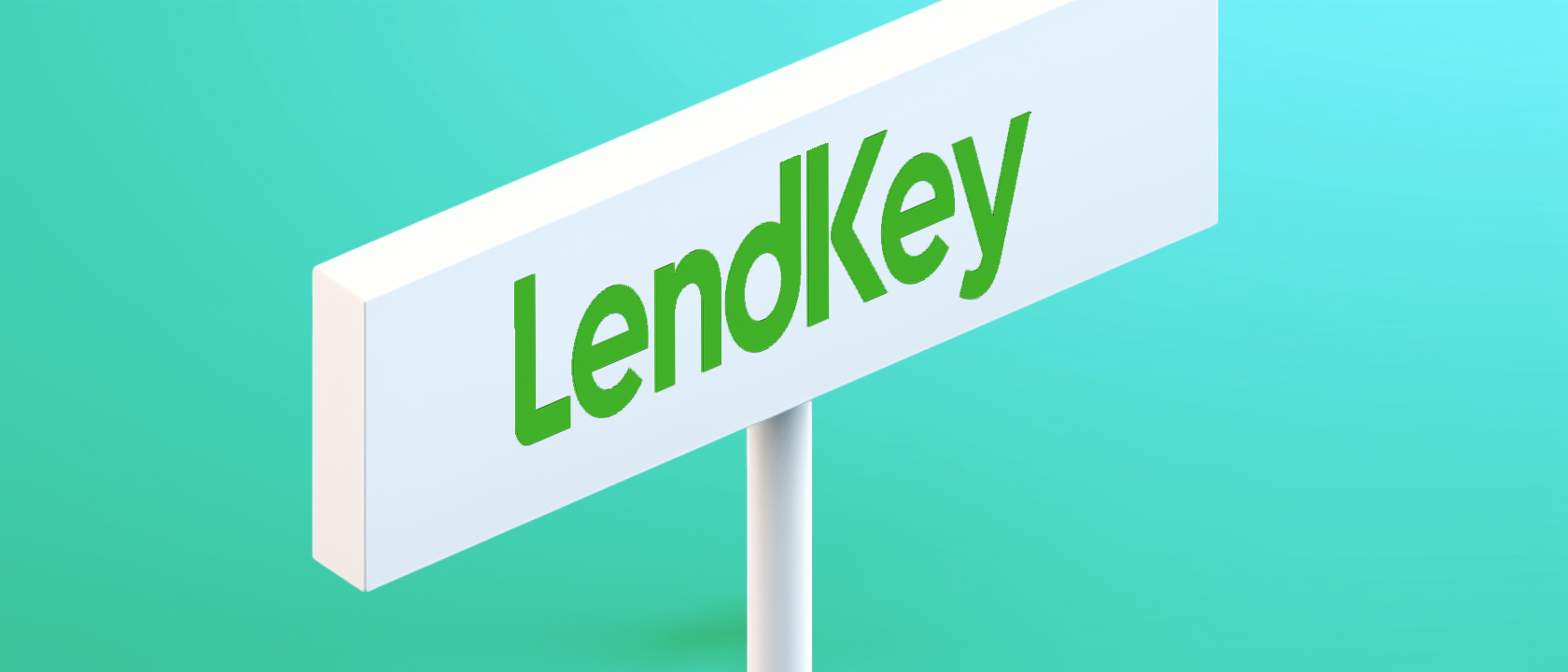
Table Of Contents
Paying for college is no easy task. With tuition costs climbing at a fast pace, it can be difficult to pay for your college education without loans.
To fully understand federal student loans and how they can help you pay for your college education read along.
What Are Federal Student Loans?
Federal student loans are loans made by the federal government to help you pay for college. The government is essentially providing you with money to pay for your college education and you are promising to pay it back at a later date with interest.
To apply for a federal student loan you will have to fill out a FAFSA (Free Application For Student Aid) application. A FAFSA application will typically take you about 30 minutes to complete and you will have to fill one out yearly.
What Types Of Federal Student Loans Are There?
The U.S. Department of Education federal student loan program is called the William D. Ford Federal Direct Loan (Direct Loan) Program.
When you borrow money under this program you have four types of direct loans available:
- Direct Subsidized Loans
These loans are specifically for undergraduate students with financial need. The U.S. Department of Education is the lender on this loan. What makes this an attractive option for borrowers is that you will not be charged interest on the loan while you’re in school. It’s important to note that this loan comes with borrowing limits. This loan is sometimes referred to as a Stafford loan.
- Direct Unsubsidized Loans
For this loan financial need is not required and you don’t just have to be an undergraduate. Direct unsubsidized student loans can be used by undergraduate, graduate and professional degree students. Another differentiator with this loan is that you’ll be accruing interest on the loan while you’re in school – remember, it’s unsubsidized. This loan is sometimes referred to as a Stafford loan.
- Direct PLUS Loans
Direct PLUS Loan’s are loans that are designed for parents of undergraduate students that need to pay for their child’s education costs. Graduate and professional degree students can also use a Direct PLUS Loan to pay for their own education. You can use a federal direct PLUS loan to cover your school’s total cost of attendance.
- Direct Consolidation Loan
You can use this loan after you accumulate other federal student loans. The main purpose of a Direct Consolidation Loan is to combine all your federal student loans into one simple loan. Many borrowers choose to get a direct consolidation loan because they can have one easy monthly payment.
How Much Money Can I Borrow With Federal Student Loans?
The amount you can borrow with federal student loans varies on if you’re an undergraduate, graduate, professional student or a parent.
Undergraduate Students: The maximum amount you can borrow as an undergraduate student each year, whether it’s a direct subsidized loan or direct unsubsidized loan, will range from $5,500 to $12,500 per year. It varies on what year you are in school and your dependency status.
Graduate or Professional Students: As a graduate or professional student, you are allowed to borrow up to $20,500 per year with a direct unsubsidized loan. It’s also important to know that a graduate or professional student can get access to another federal student loan called a direct PLUS loan. A direct PLUS loan can be used if you need to borrow beyond the federal unsubsidized loan limit. As a graduate or professional student, a direct PLUS loan should be one of your last federal student loan options (they tend to have a higher interest rate vs a direct unsubsidized loan).
Parent: As a parent of an undergraduate student, you can take a direct PLUS loan out to cover the costs for the remainder of your child’s college costs that isn’t covered by other financial aid. For example, if a student has exhausted all their federal direct subsidized and unsubsidized loan options, the parent can take out a direct PLUS loan to help cover the remaining costs. Remember, as an undergraduate student you are capped at how much money you can borrow on a direct subsidized and direct unsubsidized loan.
How Much Interest Do I Pay With Federal Student Loans?
Interest rates on federal student loans are set by Congress through legislation, not the U.S. Department of Education.
The interest rates for federal loans disbursed between July 1, 2018, and June 30, 2019 look like this:
| Federal Loans | Interest rates |
|---|---|
| Direct Subsidized | 5.05% |
| Direct Unsubsidized (Undergraduate degree) | 5.05% |
| Direct Unsubsidized (Graduate or Professional degree) | 6.60% |
| Direct PLUS (Graduate, Professional and Parents of Undergraduate Students) | 7.60% |
Who Is Eligible For Federal Student Loans?
In order to get a federal student loan, borrowers must complete a FAFSA (Free Application for Federal Student Aid). When you complete your FAFSA, your school will use it to determine the aid you receive, including federal grants and loans. You cannot get a federal loan without completing the FAFSA.
In order to be eligible for federal aid (federal student loans), you have to complete and submit a FAFSA every year, no exceptions.
The application opens on October 1st of each year and the submission deadline will vary based on your school and state.
When applying for a federal student loan you won’t have to worry about a cosigner or guarantor for your debt. You also won’t have to worry about your credit score. The main requirement to borrow is that you’re attending an eligible college or university.
What Is The Repayment Like?
While there are several federal student loan repayment plans, the most popular is the Standard Repayment Plan. This plan will have your loans paid off in 10 years. The Standard Repayment Plan might give you a higher monthly payment, but since you’re paying it off in a shorter amount of time you will save the most money because of interest.
If you need flexibility and can’t make the payments on the Standard Repayment Plan you can look into Graduated Repayment, Extended Repayment, or an Income-Driven Repayment. All the plans offer different options for student loan borrowers.
Pros Of Federal Student Loans
- Typically have the lowest interest rates
- You don’t need a credit check to get most federal loans
- You don’t need a cosigner to get most federal loans
- You have access to government repayment programs when paying back your loan
Cons Of Federal Student Loans
- Limit to the amount you can borrow
Alternatives To Federal Student Loans
While federal student loans are the best option for borrowers when taking out money for college, it sometimes isn’t enough to cover all of the costs.
A popular alternative to federal student loans are private student loans. Private student loans are offered to borrowers by private lenders like a bank or credit union and can help you bridge the gap.
Every borrower has a different circumstance, but a private lender can help you pay for college if you have run out of federal student loan options, grants or scholarships.
What It Comes Down To
Paying for college isn’t an easy task, but if you’re going to have to borrow money, using up your federal student loan options makes the most sense. Every year you will have to fill out a quick FAFSA application to be eligible (usually only a 30 minute process). If the amount of money you need for college exceeds the federal student loan limits, make sure you’ve looked for grants and scholarships before you start shopping around for a private student loan.










